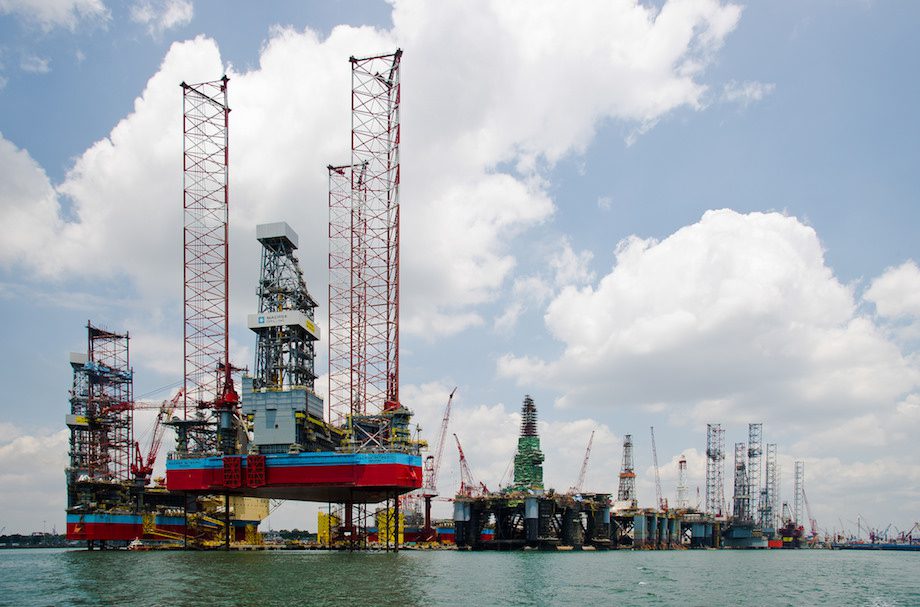SINGAPORE, Jan 28 (Reuters) – Singaporean conglomerate Keppel Corp said on Thursday its struggling offshore and marine (O&M) segment will exit the rig-building business and shift its focus to infrastructure projects, including renewable energy.
Keppel and its smaller rival Sembcorp Marine were among the world’s biggest oil rig-builders, but prolonged low oil prices and an oversupply of rigs have hit the business hard.
The O&M business will focus on design, engineering and procurement. It will have a “significantly reduced headcount” and its network of yards will be repurposed or divested, Keppel said.
“When we succeed in executing these plans, we will see a transformed and more competitive Keppel O&M, well-placed to support the global energy transition,” CEO Loh Chin Hua said during a briefing on the results.
Read: Keppel FELS Named World’s Largest Rig Builder by Guinness
As the company outlined details of a previously flagged strategic review, it said it would seek opportunities in floating infrastructure and infrastructure-like projects that can deliver more predictable streams of cashflow, including projects in rewewable energy and hydrogen.
The restructuring of the business, which has a current headcount of 10,500, is expected to be executed over the next two-to-three years and existing rigs under construction will be completed.
The company said it could not yet estimate how many jobs would be cut, but that some employees will be retrained.
Keppel, which counts Singapore state investor Temasek as its biggest shareholder, said it was also exploring inorganic options for the O&M business.
The company, whose businesses include property development and telecommunications, reported a net loss of S$506 million ($380 million) for 2020, compared to a net profit of S$707 million a year earlier.
Its latest results included impairments of S$952 million mainly due to the offshore and marine business.
($1 = 1.3329 Singapore dollars) (Reporting by Aradhana Aravindan; Additional reporting by Chen Lin; editing by Jason Neely and Barbara Lewis)
(c) Copyright Thomson Reuters 2021.

 Join The Club
Join The Club












